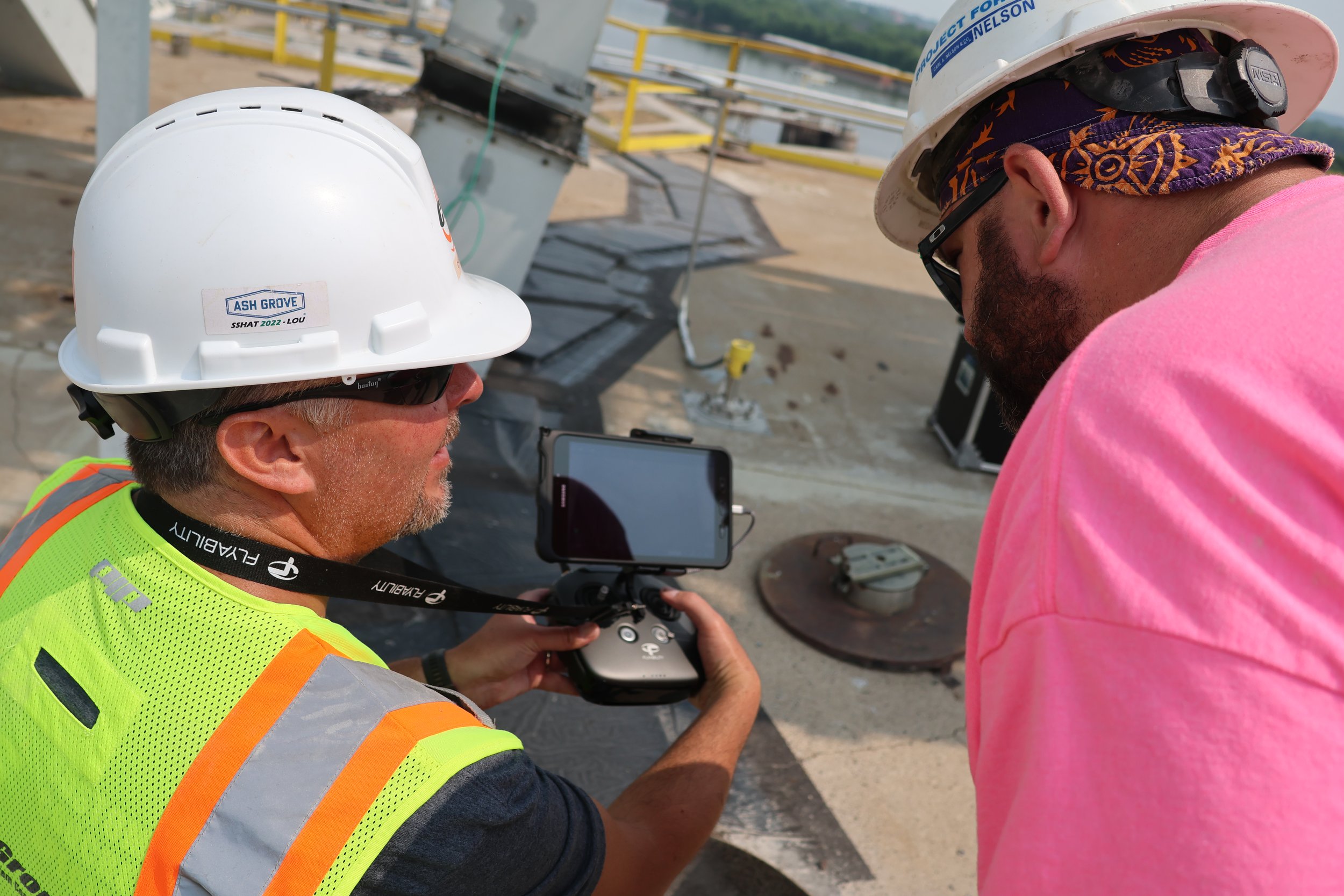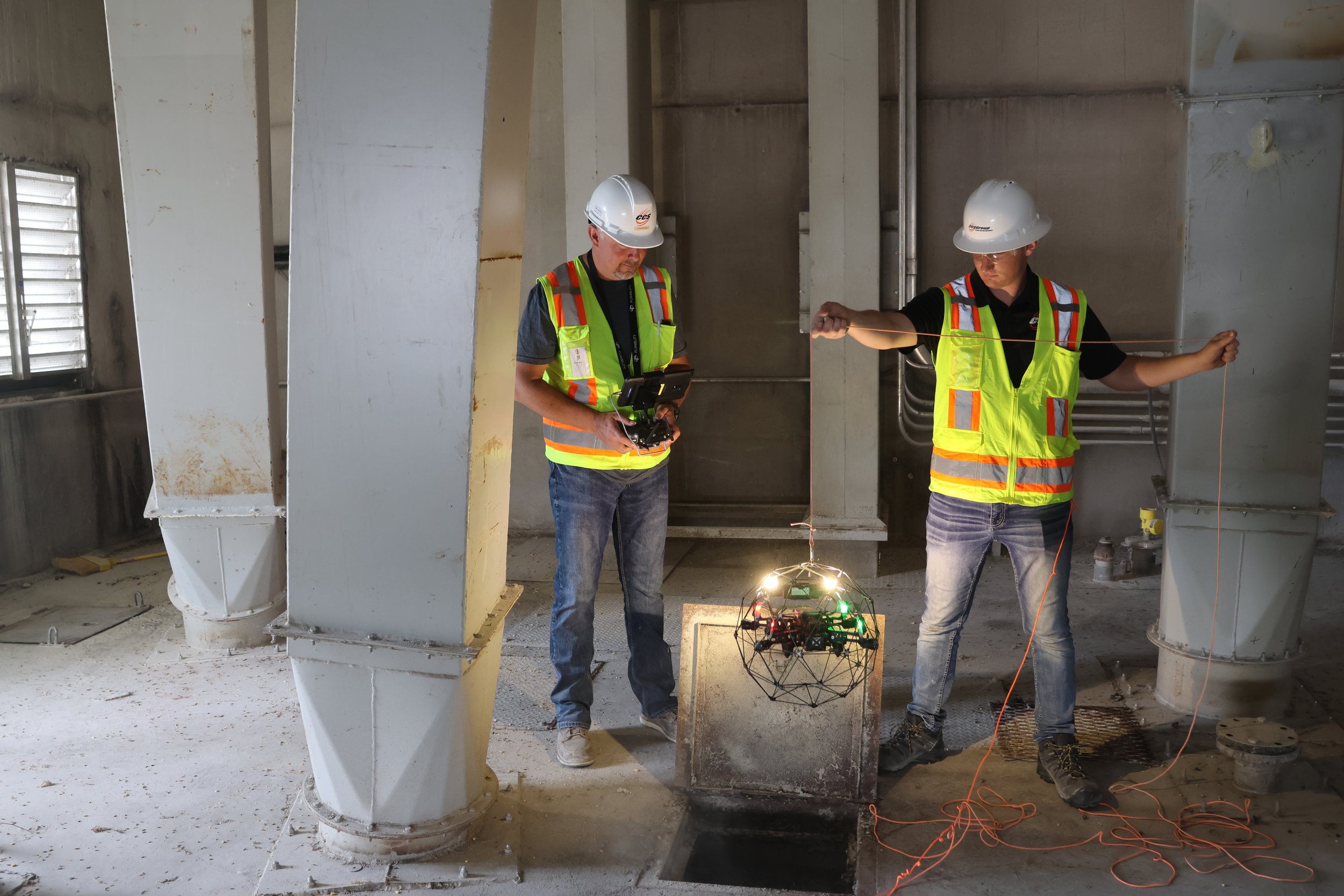The Drone Inspection Process: From Desire to Data Deliverables
In the world of modern technology, drones have proven to be useful tools, allowing us to get up close videos and photos of suspect areas where limitations are had dropping someone into a silo. Whether it's a routine health check or an emergency response situation, the goal is the same: to gather crucial information that guides effective decision-making in the world of repairs and maintenance.
Tailoring the Inspection to the Desired Outcome
The first step in any drone inspection process is to identify the ultimate goal. Depending on the desire or need, the approach may vary. If the drone inspection resembles a health checkup, with no predetermined areas of concern, the process might be more extended. This is because the objective is to uncover the unknown. On the other hand, when an engineer or client reaches out with a specific demand for exact measurements or video data of a structural issue, (such as a failing roof beam or an interior wall collapse), the inspection can be swift, often on an emergency response basis. In both cases, the gathered data serves a singular purpose: key repair decisions.
A Day in the Life of a Drone Inspection
The day of the drone inspection begins with a carefully crafted plan. This plan outlines which silos are either empty or full and, more importantly, which silos will be the subject of our drone inspection. It is at this stage that we determine if there are any specific areas of interest that need to be captured, or if precise lidar point cloud measurements are required. With a plan in place, we then select the appropriate drone for the mission.
It's important to note that the silos do not have to be entirely empty to permit drone inspections. Drones can effectively capture video data of roof structures or interior walls above the grain, even in partially filled silos. This flexibility ensures that no detail goes unnoticed.
After the inspection, the drone team returns home to initiate the data extraction process. This stage involves editing the videos to eliminate any downtime, preserving lidar point clouds, and creating a comprehensive report. This report contains valuable points of interest (POI), signaling any areas of concern that have been identified during the inspection. Additionally, the report will offer a scope of necessary repairs, complete with proposals for the required work.
The data and reports generated can be shared with in-house engineers or third-party engineering firms. The goal is to ensure that all stakeholders are well-informed and equipped with the necessary information for a successful repair process.
In the end, the primary objective of our drone inspections is to shed light on the unknown. By tailoring our approach to the desired outcome and using the right technology for the job, we provide our clients with a comprehensive understanding of their facilities. Drones have transformed the inspection process, offering a modern and innovative solution that streamlines decision-making and ensures the longevity of concrete structures.





